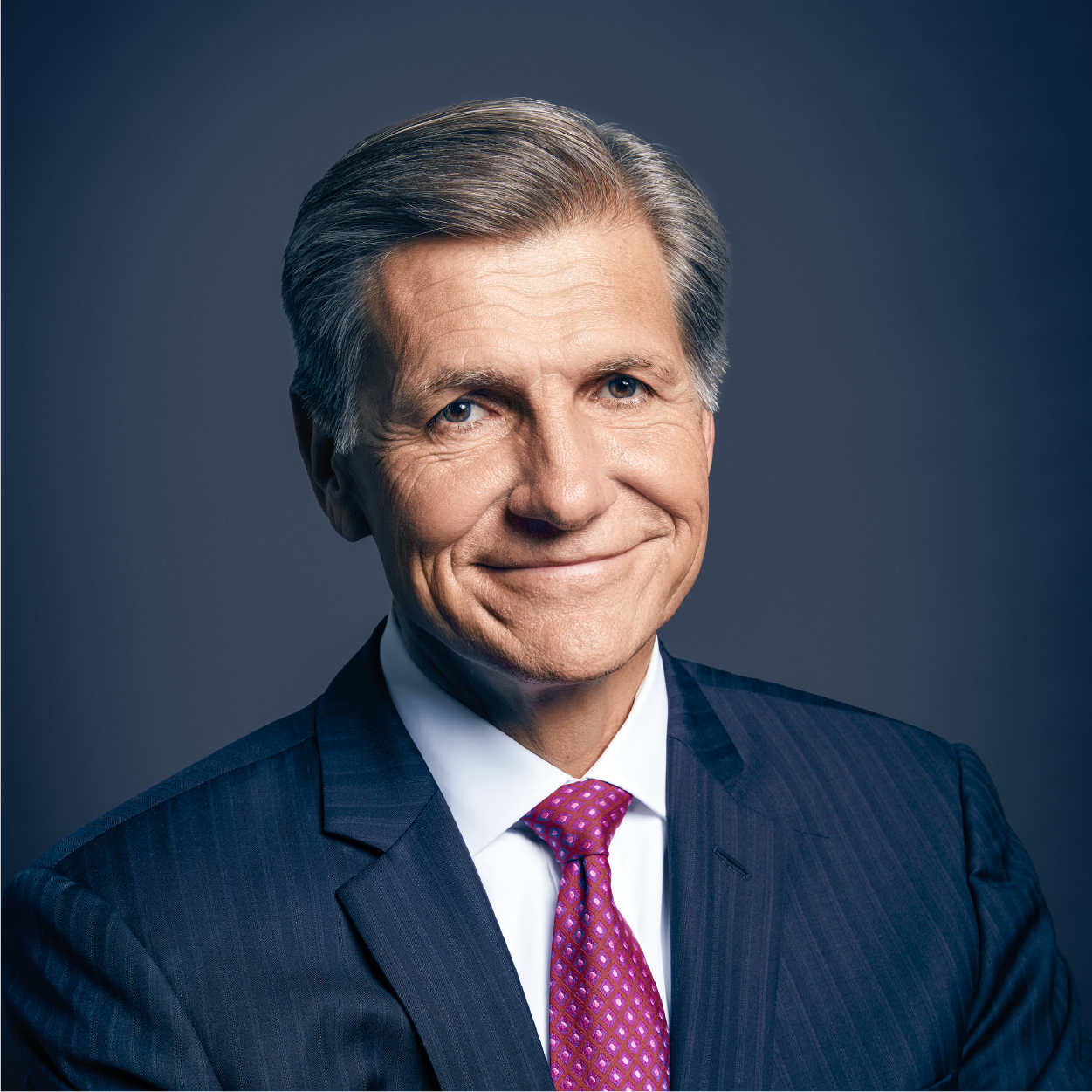Consumers and technology beg the chicken and egg question: Which is first to drive change in the other? It’s safe to say that a third player — the pandemic — was the uber force for change in both this year. In 2020, both consumers and technology drove new behavior.
What to make of the changes this year and what it means going forward? We asked the Signal community — past speakers at our annual conference and readers of this publication — to give us their deep thoughts on consumer behaviors that have changed forever. Here’s what they said.
Change #1: The consumer shift to digital became nearly complete, with the increased use of new technologies and digital channels to communicate with brands.
 Even consumers who have been resistant before due to security or privacy concerns (think online banking or telemedicine) are getting quite accustomed to interacting with organizations online or through mobile apps. — Linda Hill, Harvard Business School
Even consumers who have been resistant before due to security or privacy concerns (think online banking or telemedicine) are getting quite accustomed to interacting with organizations online or through mobile apps. — Linda Hill, Harvard Business School
 Technology has finally breached fortress medicine and every person will start asking themselves, “Why is the healthcare system still like the DMV?” when most every other industry they touch has an app, an experience that caters to them. — Dr. Jordan Shlain, Private Medical
Technology has finally breached fortress medicine and every person will start asking themselves, “Why is the healthcare system still like the DMV?” when most every other industry they touch has an app, an experience that caters to them. — Dr. Jordan Shlain, Private Medical
 We jumped forward 10 years in just 10 weeks. E-commerce penetration in the US went from 5% to 15% from 2009 to 2019. In the 10 weeks following the pandemic, it went from 15% to 30%. This is a permanent shift as shopping online is more convenient and safer. — FD Wilder, McKinsey & Company
We jumped forward 10 years in just 10 weeks. E-commerce penetration in the US went from 5% to 15% from 2009 to 2019. In the 10 weeks following the pandemic, it went from 15% to 30%. This is a permanent shift as shopping online is more convenient and safer. — FD Wilder, McKinsey & Company
Change #2: As the world slowed down and people drew closer to loved ones, they took the time to reexamine pre-pandemic habits and build new ones focused on well-being.
 It’s been an incredibly stressful time for everybody and we’re going to be reluctant to simply go back to the noise and the always-on nature of our lives pre-pandemic. Whether something adds to our well-being or instead detracts from it and adds to our feelings of stress and burnout is going to be the defining variable for a lot of consumer decisions. — Arianna Huffington, Thrive Global
It’s been an incredibly stressful time for everybody and we’re going to be reluctant to simply go back to the noise and the always-on nature of our lives pre-pandemic. Whether something adds to our well-being or instead detracts from it and adds to our feelings of stress and burnout is going to be the defining variable for a lot of consumer decisions. — Arianna Huffington, Thrive Global
 It seems like the pandemic has encouraged people to re-evaluate what is important in their lives and to focus on things like family, health, and personal growth. These new perspectives will stay with people throughout their lives and perhaps lead to a society that is focused more on well-being than consumerism. — Evan Spiegel, Snap
It seems like the pandemic has encouraged people to re-evaluate what is important in their lives and to focus on things like family, health, and personal growth. These new perspectives will stay with people throughout their lives and perhaps lead to a society that is focused more on well-being than consumerism. — Evan Spiegel, Snap
Change #3: Dynamics in the home became a driving force for changes in media consumption, time spent and increased attention to the home environment.
 The pandemic’s impact on the traditional work schedule has impacted how consumers daypart their behaviors: The big family meal happens at lunch. The fill-in shopping trip happens in the afternoon as a quick break rather than on the way home from the office. And the morning news consumption happens while multitasking in meetings. — Brian Monahan, Dentsu
The pandemic’s impact on the traditional work schedule has impacted how consumers daypart their behaviors: The big family meal happens at lunch. The fill-in shopping trip happens in the afternoon as a quick break rather than on the way home from the office. And the morning news consumption happens while multitasking in meetings. — Brian Monahan, Dentsu
 Consumers embraced smartworking, distance learning and social media to enable social distancing and the slowdown of the pandemic. Attention to “hygiene” became the new norm when taking care of the house and family. — Giorgia Guasti, Italy Brand Operations, P&G
Consumers embraced smartworking, distance learning and social media to enable social distancing and the slowdown of the pandemic. Attention to “hygiene” became the new norm when taking care of the house and family. — Giorgia Guasti, Italy Brand Operations, P&G
 Health and hygiene products have elevated in their importance, big time. Those habits are going to be embedded. People want the better performing products. They’re not willing to just wash their hands with anything or wash their dishes with anything. — Marc Pritchard, P&G
Health and hygiene products have elevated in their importance, big time. Those habits are going to be embedded. People want the better performing products. They’re not willing to just wash their hands with anything or wash their dishes with anything. — Marc Pritchard, P&G
Change #4: Consumers raised their expectations for responsible corporate behavior, including on the social media platforms.
 Trust in internet platforms like Facebook, YouTube, Instagram, and Twitter is collapsing and will not recover. Covid, George Floyd, and the election exposed the dangerous business practices of platforms that allowed amplification and mainstreaming of Covid denial, white supremacist hate and Trump’s denial of the outcome of the election. All of this happened in plain sight when consumers were quarantined by Covid. — Roger McNamee, Elevation Partners
Trust in internet platforms like Facebook, YouTube, Instagram, and Twitter is collapsing and will not recover. Covid, George Floyd, and the election exposed the dangerous business practices of platforms that allowed amplification and mainstreaming of Covid denial, white supremacist hate and Trump’s denial of the outcome of the election. All of this happened in plain sight when consumers were quarantined by Covid. — Roger McNamee, Elevation Partners
 Consumer demand for corporate responsibility, whether that be in terms of sanitation or communication will remain high after the pandemic ends. Consumers want to know that a company is going to communicate if there is an infection detected in their facilities, and feel secure that every possible safety measure is being taken. This desire for trust, communication and transparency isn’t going anywhere. — Irma Olguin, Jr., Bitwise Industries
Consumer demand for corporate responsibility, whether that be in terms of sanitation or communication will remain high after the pandemic ends. Consumers want to know that a company is going to communicate if there is an infection detected in their facilities, and feel secure that every possible safety measure is being taken. This desire for trust, communication and transparency isn’t going anywhere. — Irma Olguin, Jr., Bitwise Industries

